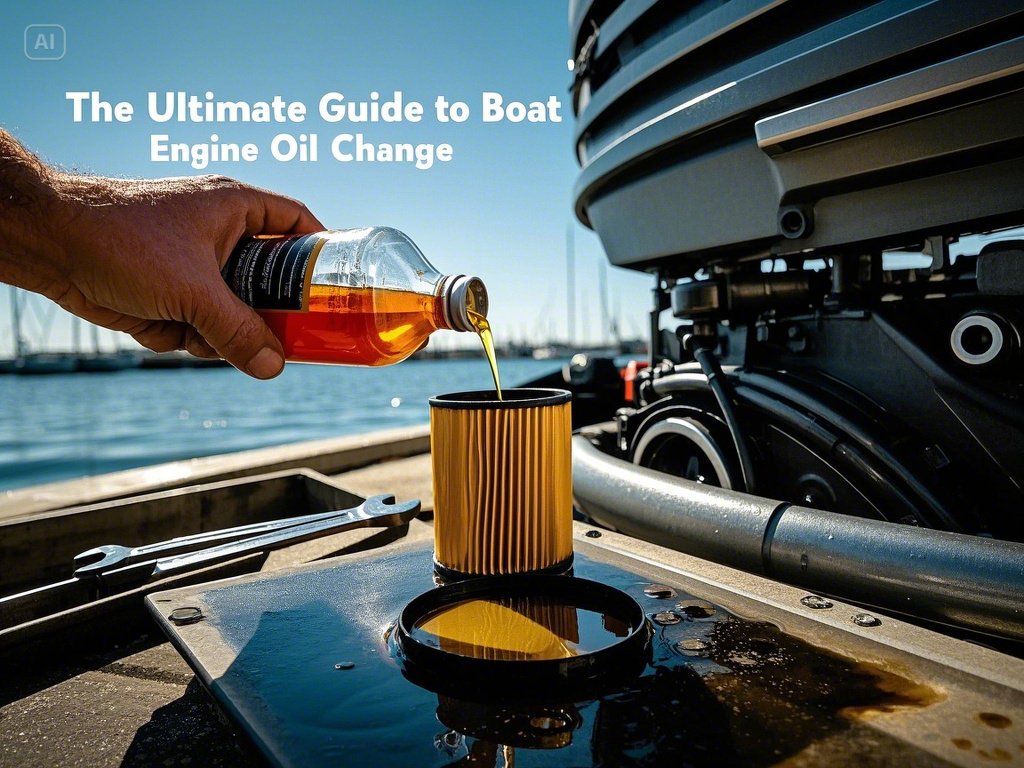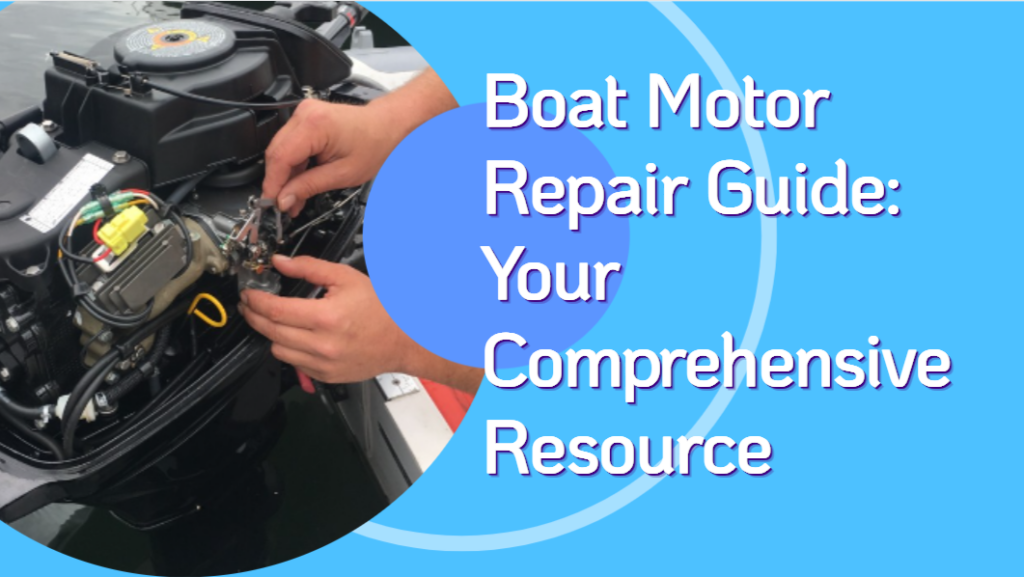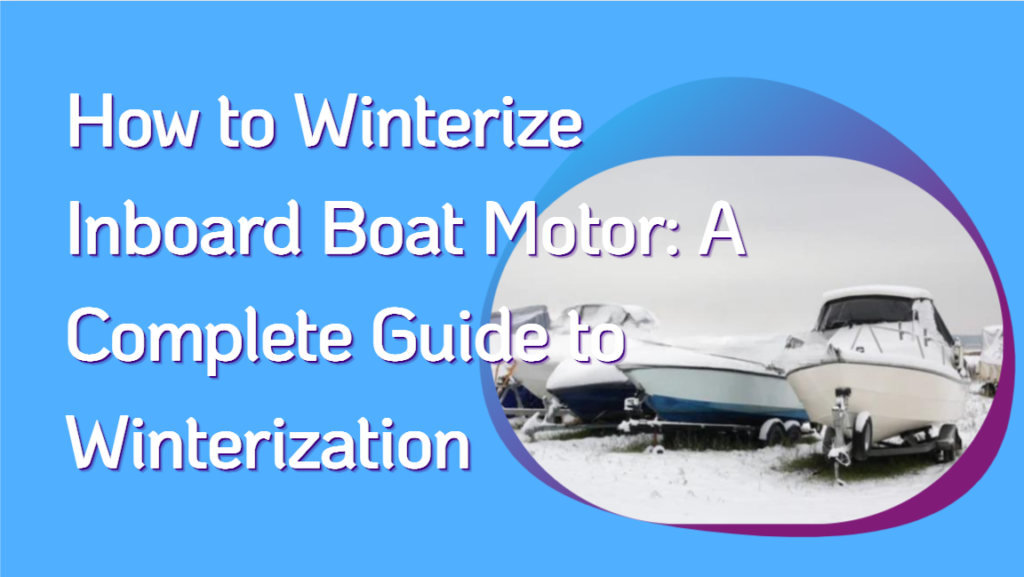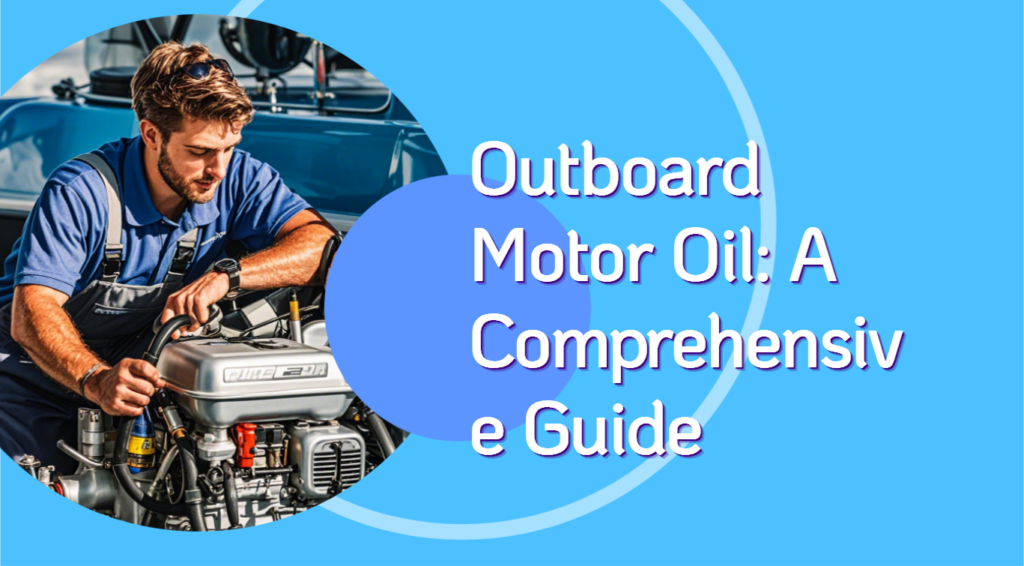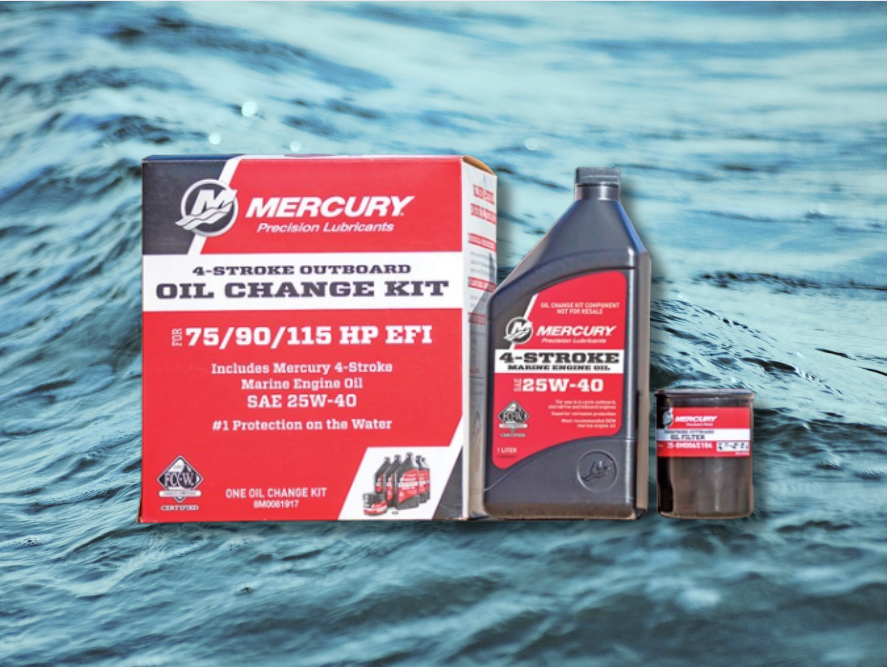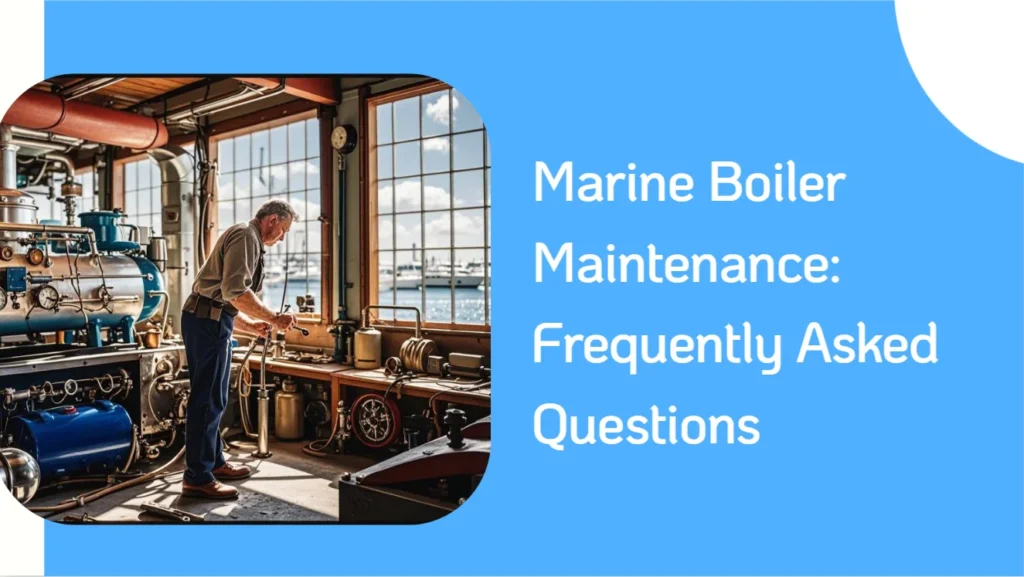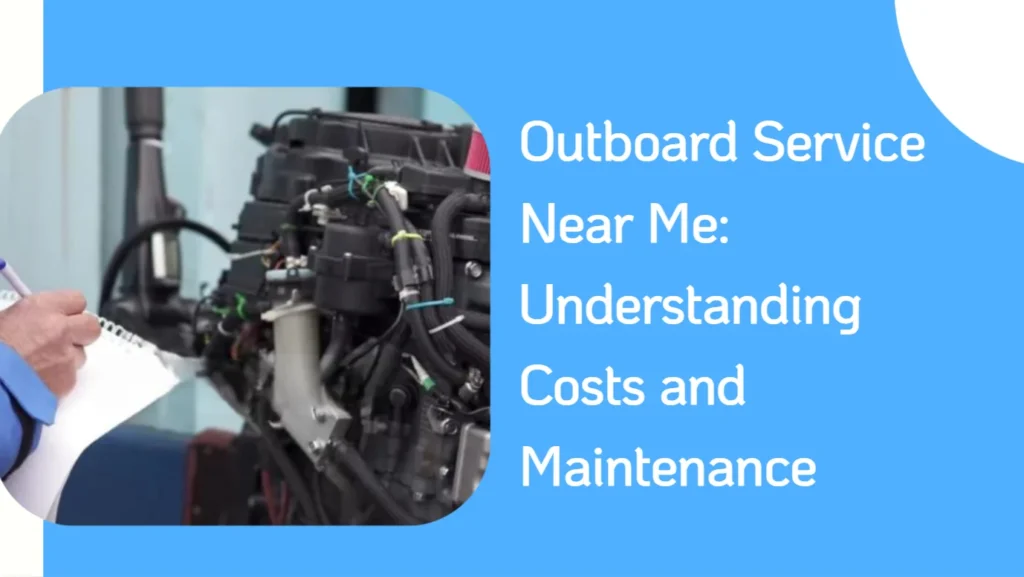Maintaining your boat’s engine is critical for its longevity and performance, and a boat engine oil change is one of the most essential tasks every boat owner should master. Whether you’re preparing for a season on the water or winterizing your vessel, changing the engine oil keeps marine engines running smoothly. This guide covers everything you need to know—why it’s important, when to do it, how to perform it step-by-step, and expert tips to ensure success. Let’s dive in and keep your boat engines in top shape.
Why a Boat Engine Oil Change Matters
Oil is the lifeblood of your boat’s engine, lubricating engine components like bearings and pistons to reduce friction and wear. Over time, engine oil in marine engines breaks down, collecting contaminants that can cause engine damage if left unchanged. Regular boat engine oil changes remove these impurities, prevent corrosion during periods of inactivity, and maintain engine health. Skipping this task can wreak havoc on internal engine components, leading to costly repairs. For more on engine upkeep costs, check Boat Motor Repair: Understanding the Costs and Services.
When to Change Your Oil
Timing your boat engine oil change depends on usage and manufacturer recommendations. Most engine manuals suggest changing oil every 100 engine hours or annually, whichever comes first. For new boats, do it after the break-in period to clear debris. Used boats may need it sooner if the oil level looks dirty or shows evidence of water. Fall (before storage) is ideal to avoid acidic contaminants sitting in the engine over winter, though some prefer spring for fresh oil at season start. Learn more at Boat Maintenance Prices: How Much Does It Cost in 2024?.
Understanding Marine Engine Oil
Not all oil is suitable for boat engines. Marine Engine Oil is formulated for the marine environment, resisting moisture and high temperatures better than automotive engine oil. Check your engine manual for the recommended oil type—common options include 10W-30 or 15W-40 for 4-stroke engine oil. Using the wrong type of oil can harm engine bearings or void your warranty. Always opt for marine-grade products to protect your investment.

Tools and Materials You’ll Need
Before starting, gather these essentials:
- Oil filter wrench and new oil filter
- Marine Engine Oil (check capacity in your manual)
- Wrench for the drain plug
- Oil drain pan
- Rags and gloves
- Container for oil for recycling
Having the right tools ensures a clean, efficient process without spills in the engine bay.
Step-by-Step Guide to a Boat Engine Oil Change
Follow these steps for a successful boat engine oil change:
Warm Up the Engine
Run the engine at engine idle for 5-10 minutes to warm the oil. A cold engine makes oil thicker and harder to drain, while a warm engine temperature ensures it flows easily.
Remove the Drain Plug
Locate the drain plug on the engine block (consult your manual). Place a drain pan underneath, remove the drain screw, and let the oil flow out completely. Check the drain plug seal for wear and replace if needed.
Replace the Oil Filter
Use an oil filter wrench to remove the old oil filter. Lubricate the gasket of the new filter with fresh oil, then hand-tighten it onto the filter base. Avoid over-tightening to protect the filter sealing surface.
Refill with Fresh Oil
Reinstall the drain plug, then pour the recommended Marine Engine Oil through the dipstick tube or filler cap. Check the oil level with the dipstick to avoid overfilling, which can strain engine components.
Check for Leaks
Start the engine briefly to circulate the oil, then inspect for leaks around the drain valve and filter. Top off if necessary.
For more detailed maintenance steps, see How to Winterize Outboard Motor.
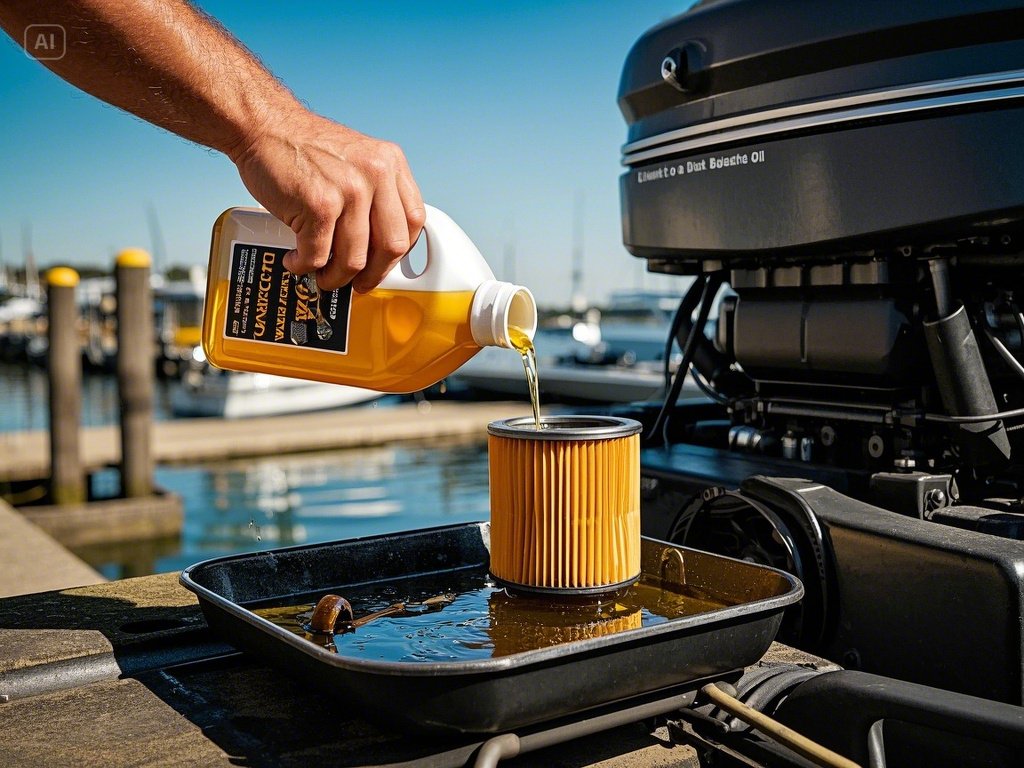
How Often Should You Change the Oil?
The engine manufacturer typically recommends a boat engine oil change every 50-100 engine hours or once a year. High-use boats or those in harsh conditions may need more frequent changes. Monitor the oil level and color—dark, gritty oil signals it’s time. For cost insights, visit Outboard Service Cost: What to Expect.
Why Use a Marine Service Shop?
DIY is great, but a professional service ensures precision. Experts at YachtService.vip use the correct oil type, dispose of oil for recycling, and check engine health, saving you time and potential errors. For local options, explore Mobile Marine Services Near Me.
Common Mistakes to Avoid
- Wrong Oil: Using Motor oil instead of Marine Engine Oil can damage your engine.
- Overfilling: Excess oil raises pressure, harming engine bearings.
- Skipping the Filter: A dirty oil filter lets contaminants circulate, reducing engine life.
Pro Tips for Engine Oil Maintenance
- Warm the engine before draining for faster flow.
- Use a grease gun with waterproof grease on fittings to prevent corrosion.
- Store your boat with fresh oil to protect the engine during storage.
For more tips, see Maximize Performance: Expert Tips for Boat Maintenance.
Troubleshooting After an Oil Change
- Low Oil Level: Check for leaks at the drain hole or filter.
- Presence of Moisture: Milky oil indicates water—consult a pro.
- Engine Noise: Ensure the correct oil type and level.
Conclusion: Keep Your Engine Running Smoothly
A boat engine oil change is a simple yet vital task to protect your vessel. With the right tools, timing, and Marine Engine Oil, you can extend your engine’s life and enjoy worry-free boating. Need help? Connect with experts at YachtService.vip for top-notch service.

